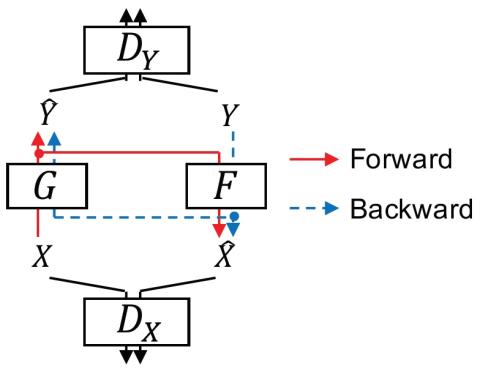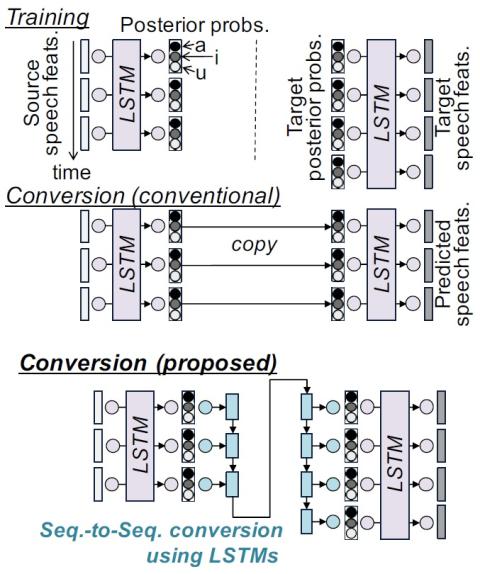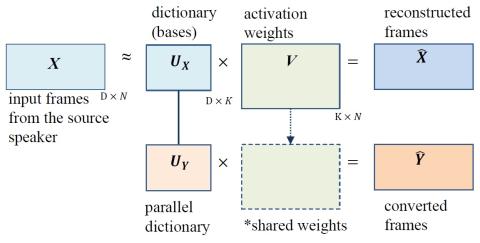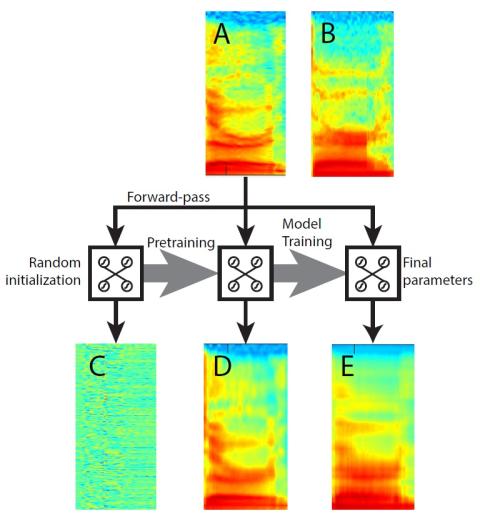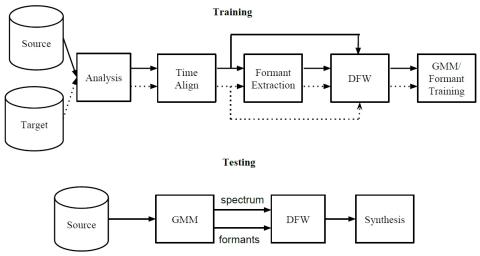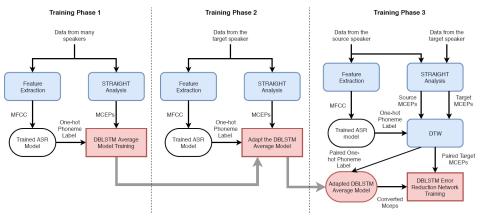
Error Reduction Network for DBLSTM-based Voice Conversion
So far, many of the deep learning approaches for voice conversion produce good quality speech by using a large amount of training data. This paper presents a Deep Bidirectional Long Short-Term Memory (DBLSTM) based voice conversion framework that can work with a limited amount of training data. We propose to implement a DBLSTM based average model that is trained with data from many speakers. Then, we propose to perform adaptation with a limited amount of target data. Last but not least, we propose an error reduction network that can improve the voice conversion quality even further. The propo...

